What Is Meant By Preferred Lies?
It's a term that most golfers are aware of but when, where and how can you take preferred lie relief out on the golf course?
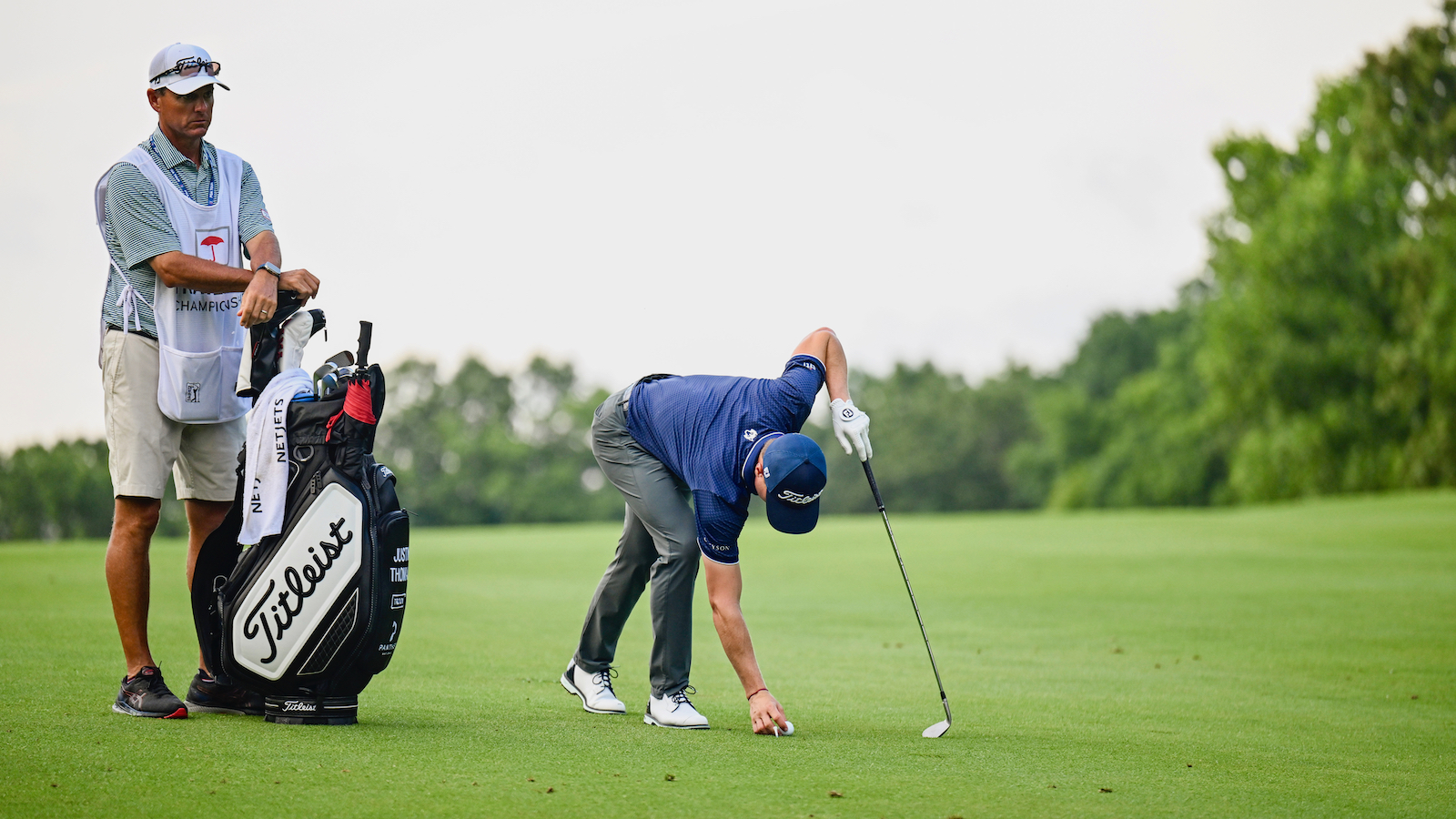

During the off-season, or even In the main season if the weather has conspired to leave fairways in a less-than-optimal state (either wet and muddy or sometimes bare and patchy with insufficient growth), many clubs introduce Local Rules in the form of preferred lies (often referred to as Winter Rules out of season) to allow balls on the fairways or other closely mown areas to be lifted, cleaned and placed in a preferred spot.
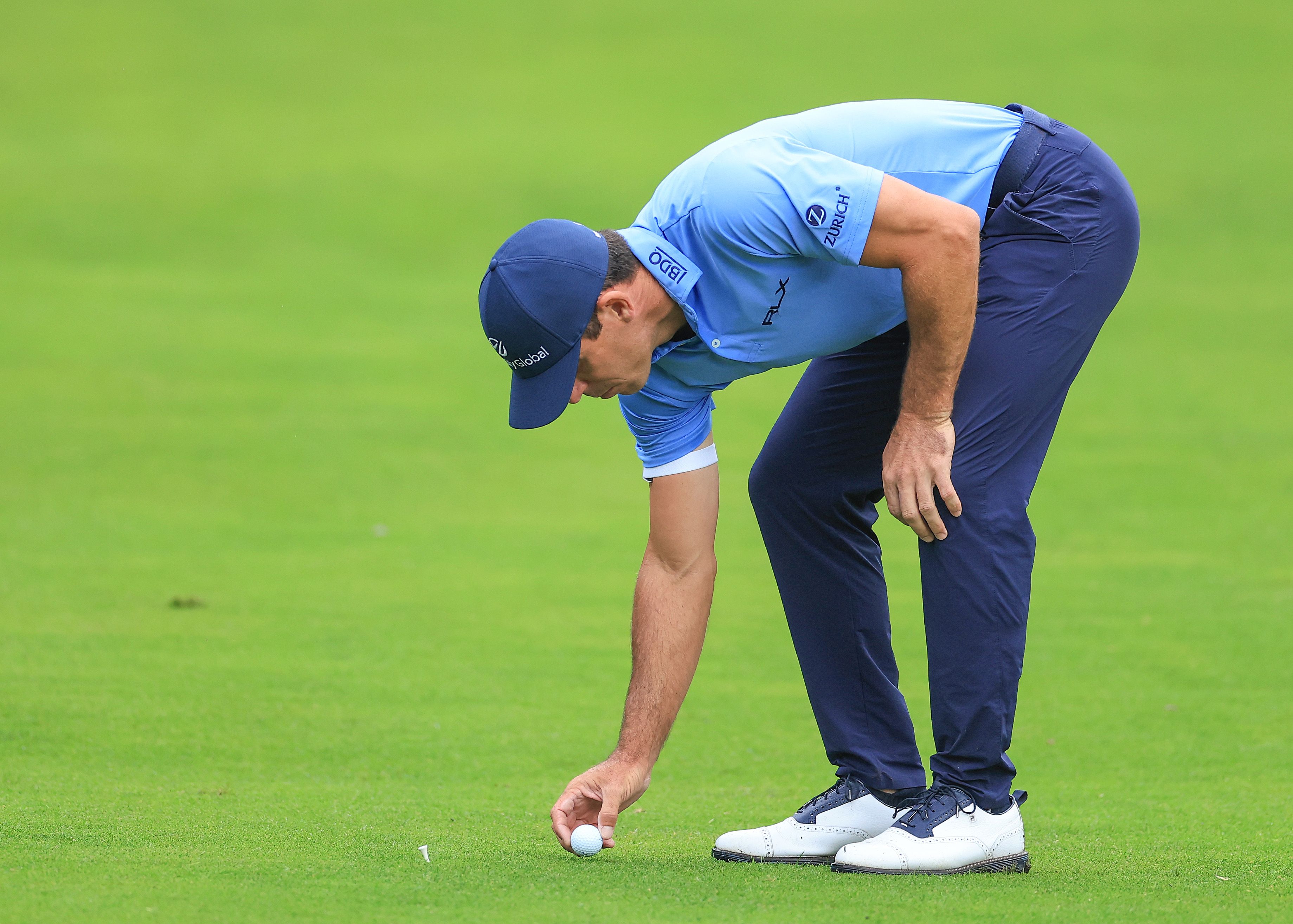
Billy Horschel taking a preferred lie during the 2022 BMW PGA at Wentworth
The R&A ‘s website explains the rationale and purpose of Model Local Rule E-3, which covers preferred lies: “When temporary abnormal conditions might interfere with fair play, the affected parts of the course can be defined as ground under repair. But adverse conditions such as heavy snows, spring thaws, prolonged rains or extreme heat can sometimes damage the course or prevent use of heavy mowing equipment. When such conditions are widespread on the course, the Committee can choose to adopt a Local Rule for "preferred lies" to allow fair play or help protect some or all fairways.”
Allowing the fair playing of the game when fairway conditions are less than ideal means players are less likely to suffer a ‘mud ball’ flight, or worse still, a clump of mud on the ball right at the point of impact. However, The R&A also advises that preferred lies should be withdrawn as soon as conditions warrant it, rather than being left in force indefinitely.
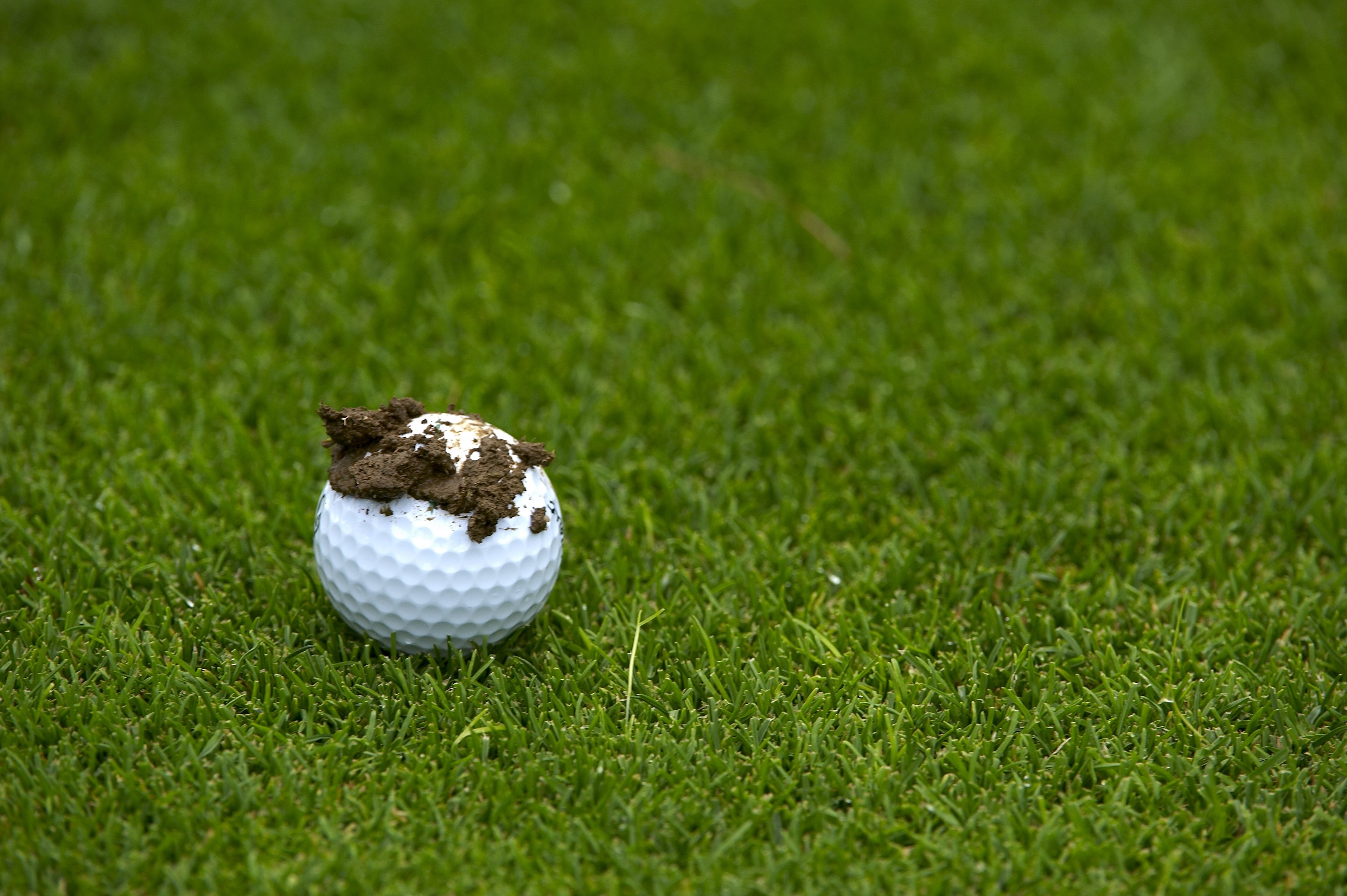
When preferred lies are in force on the fairways you may clean the ball to prevent a potential 'mud ball' flight
In their Winter Rules form, preferred lies will typically be in force from some time in October to some time in March or April, but in 2024, the very wet off-season and long recovery period meant some courses were still playing preferred lies on some or all fairways into the summer… even into August at one course I played! The Model Local Rule goes on to say such temporary relief is not recommended for use away from areas cut to fairway height and may not be introduced once play has started for a stroke play round to ensure no players gains an unfair advantage.
When taking preferred-lie relief under the Local Rule, it is a good idea (although strangely not obligatory) to first mark the ball’s position, before lifting and cleaning it without penalty. You must then place the ball (not roll it or nudge it with the toe of a club) on to a spot not nearer the hole within a specified limit from the reference point of where it was lying originally. This distance can vary, so always check whether it’s six inches, a scorecard’s length, a club’s length or whatever.
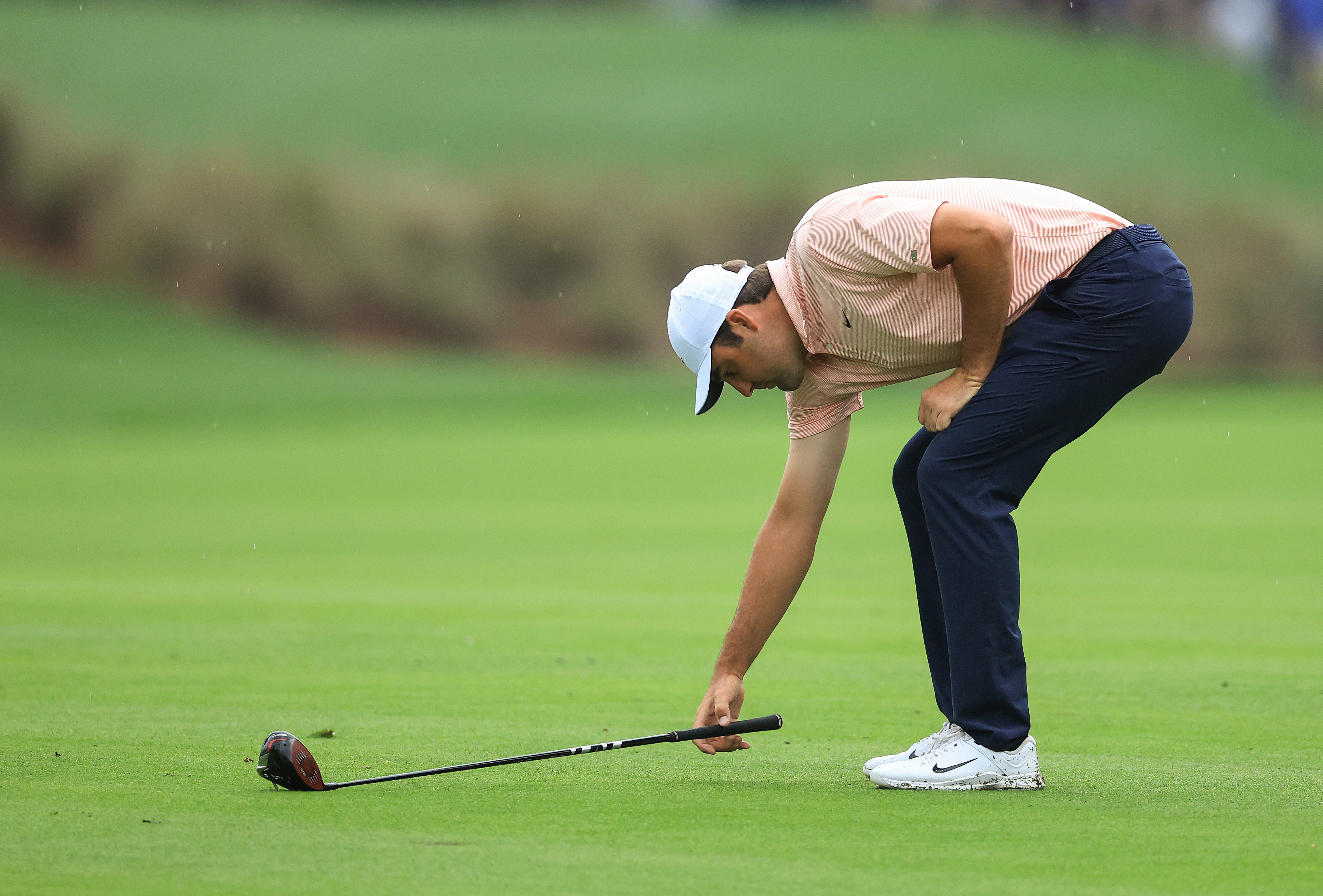
Preferred lies are often 6ins but can sometimes be a club length
It’s also important to remember that you may only place the ball once, so once you’ve let go, that’s it, unless the ball rolls nearer the hole. So always take care and choose your spot wisely. If you choose a particularly precarious small tuft in an attempt to gain maximum advantage and the ball at first comes to rest on it, but subsequently rolls backwards into a poor lie, you’ll have to play it from there, thus negating the benefits of the preferred lie!
And more importantly still, do check that the Local Rule for preferred lies is actually in force before moving your ball. This may sound elementary, but even on tour, players have fallen foul of taking preferred lie relief when it was not in force. In 2019, Marcel Siem took relief five times in the first round of the Open de France before being advised preferred lies were not in force, thus incurring ten penalty shots for playing from a wrong place five times. Siem decided that was too much to overcome and pulled out of the event!
Get the Golf Monthly Newsletter
Subscribe to the Golf Monthly newsletter to stay up to date with all the latest tour news, equipment news, reviews, head-to-heads and buyer’s guides from our team of experienced experts.

Marcel Siem came a preferred-lie cropper in the 2019 Open de France
And Lydia Ko, the 2024 Olympic Gold Medallist and AIG Women’s Open champion, took preferred lie relief on four holes where it was not permitted during the 2023 Dana Open on the LPGA Tour. Such relief was only available on the 1st and 10th holes in the final round, and Ko had taken it on the 3rd, 7th and 9th holes and was about to do so on the 11th when a Rules official intervened.
Interestingly, her total penalty was seven strokes – three two-stroke penalties for playing from a wrong place under Rule 14.7a but only one stroke for the 11th hole as she had not yet placed her ball, meaning she could replace it on its original spot and only be penalised a stroke under Rule 9.4b for deliberately touching and moving her ball. She ended up in a tie for 65th having started the day in 24th spot.

Jeremy Ellwood has worked in the golf industry since 1993 and for Golf Monthly since 2002 when he started out as equipment editor. He is now a freelance journalist writing mainly for Golf Monthly. He is an expert on the Rules of Golf having qualified through an R&A course to become a golf referee. He is a senior panelist for Golf Monthly's Top 100 UK & Ireland Course Rankings and has played all of the Top 100 plus 91 of the Next 100, making him well-qualified when it comes to assessing and comparing our premier golf courses. He has now played 1,000 golf courses worldwide in 35 countries, from the humblest of nine-holers in the Scottish Highlands to the very grandest of international golf resorts. He reached the 1,000 mark on his 60th birthday in October 2023 on Vale do Lobo's Ocean course. Put him on a links course anywhere and he will be blissfully content.
Jezz can be contacted via Twitter - @JezzEllwoodGolf
Jeremy is currently playing...
Driver: Ping G425 LST 10.5˚ (draw setting), Mitsubishi Tensei AV Orange 55 S shaft
3 wood: Srixon ZX, EvenFlow Riptide 6.0 S 50g shaft
Hybrid: Ping G425 17˚, Mitsubishi Tensei CK Pro Orange 80 S shaft
Irons 3- to 8-iron: Ping i525, True Temper Dynamic Gold 105 R300 shafts
Irons 9-iron and PW: Honma TWorld TW747Vx, Nippon NS Pro regular shaft
Wedges: Ping Glide 4.0 50˚ and 54˚, 12˚ bounce, True Temper Dynamic Gold 105 R300 shafts
Putter: Kramski HPP 325
Ball: Any premium ball I can find in a charity shop or similar (or out on the course!)
-
 Two Weeks After Parting Ways With Max Homa, Caddie Joe Greiner Claims $360,000 Payday Alongside Justin Thomas
Two Weeks After Parting Ways With Max Homa, Caddie Joe Greiner Claims $360,000 Payday Alongside Justin ThomasJoe Greiner is caddying for Justin Thomas on a temporary basis, and the player’s win at the RBC Heritage has already secured him a big payday
By Mike Hall
-
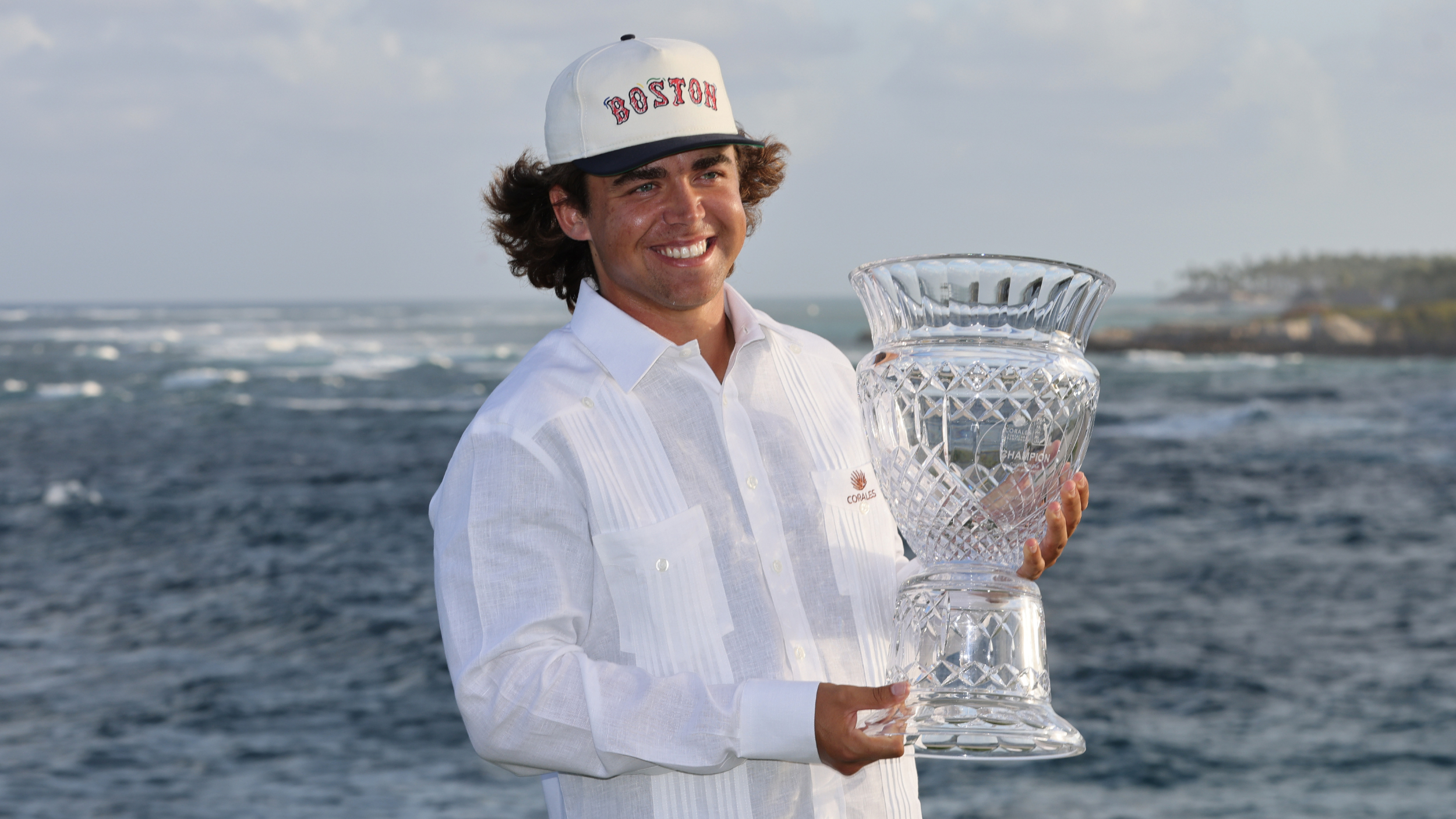 Garrick Higgo Wins Corales Puntacana Championship After Late Joel Dahmen Collapse
Garrick Higgo Wins Corales Puntacana Championship After Late Joel Dahmen CollapseThe South African claimed his second PGA Tour title after Joel Dahmen bogeyed the final three holes in the Dominican Republic
By Mike Hall